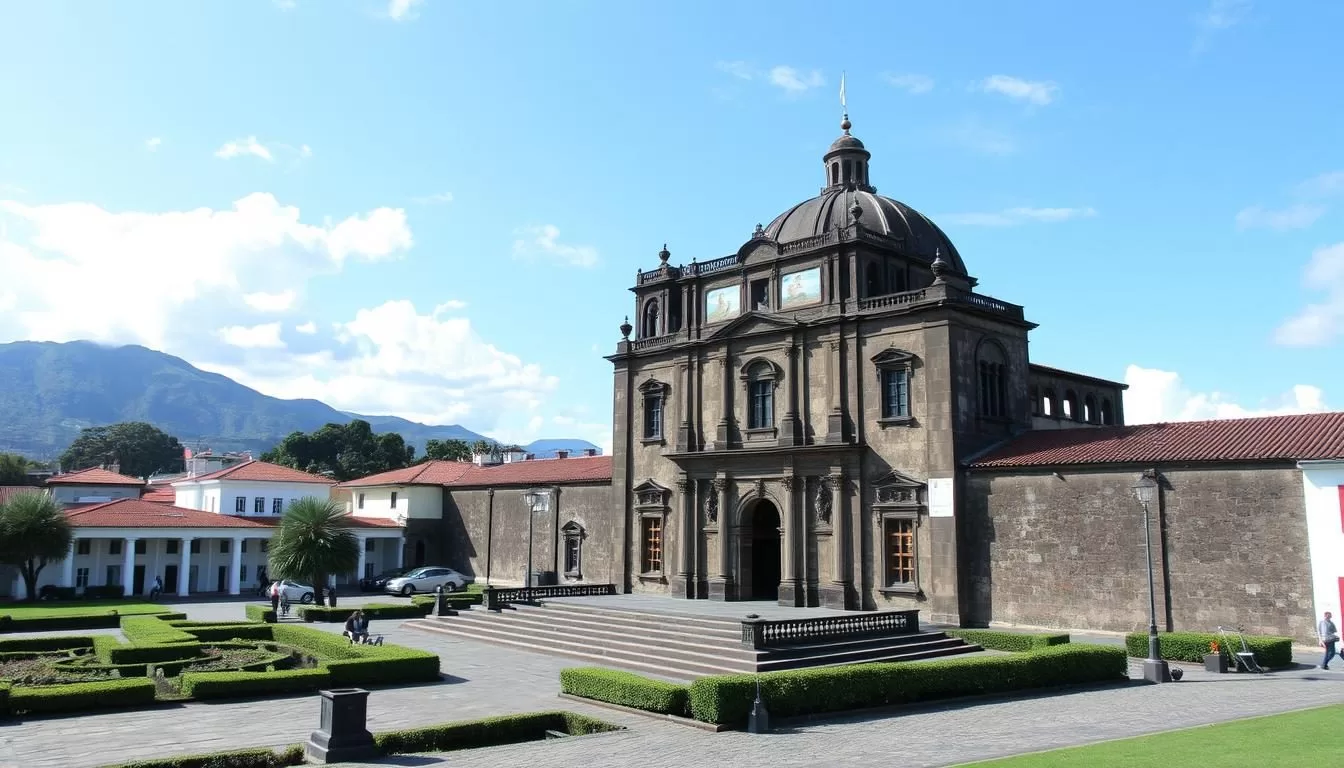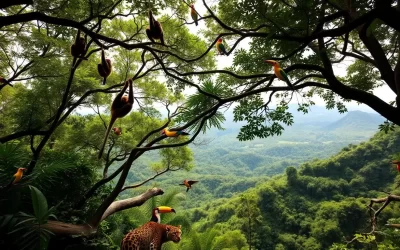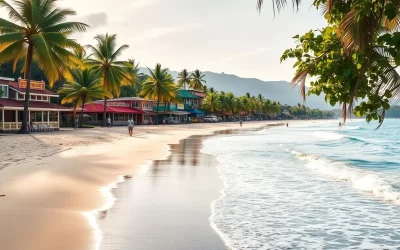With its rich history and stunning natural surroundings, Cartago is an ideal destination for travelers seeking a mix of culture and adventure. As the former capital of Costa Rica, Cartago offers a unique glimpse into the country‘s colonial past while serving as a gateway to breathtaking natural attractions.
Cartago is one of Costa Rica‘s most historically significant city, offering a perfect blend of cultural heritage and natural beauty. The city and surrounding province feature some of Costa Rica‘s most important religious sites, volcanic landscapes, and botanical gardens.
This comprehensive guide will walk you through the top things to do in Cartago, from must-visit historical landmarks to stunning natural wonders. Whether you’re planning a day trip from San José or a longer stay, Cartago offers diverse experiences for history buffs, nature lovers, and adventure seekers alike.
We’ll cover both the city‘s highlights and the province‘s natural treasures to help you make the most of your visit to this often-overlooked Costa Rican gem. By exploring Cartago, you’ll discover why it’s a top destination for those looking to experience the best of Costa Rica.
Discovering Cartago: Costa Rica’s Historic Gem
As you explore Costa Rica, you’ll find that Cartago is a hidden gem waiting to be discovered. The city and province of Cartago are considered some of the best places to visit in Costa Rica, offering a unique blend of history, culture, and natural beauty.
Why Cartago Should Be on Your Costa Rica Itinerary
Cartago holds a special place in Costa Rica’s history as the original colonial capital, established in 1563. The city’s rich cultural heritage is evident in its well-preserved colonial architecture and traditional customs. Cartago province provides a perfect balance of historical exploration and natural beauty, making it an ideal addition to any Costa Ricaitinerary.
| Aspect | Description | Significance |
|---|---|---|
| History | Original colonial capital | Unique glimpse into Costa Rica’s past |
| Culture | Rich cultural heritage | Well-preserved colonial architecture and customs |
| Nature | Beautiful natural landscapes | Perfect balance of history and nature |
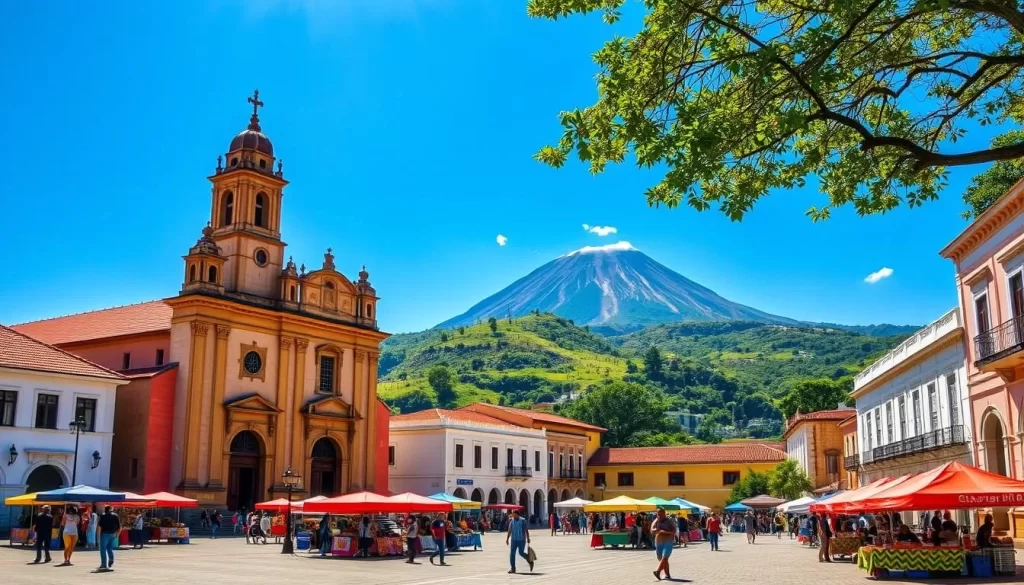
Brief History and Cultural Significance
The area’s significance extends beyond just historical buildings – it represents the heart of Costa Rican identity. Visiting Cartago allows you to experience a different side of Costa Rica, one wheretime seems to move more slowlyand traditions are carefully preserved.
Must-Visit Historical Sites in Cartago
Cartago’s historical sites are a testament to the city’s enduring legacy and cultural importance. As you explore this historic city, you’ll encounter numerous landmarks that highlight its rich heritage.
Basilica de la Virgen de Los Angeles (La Negrita)
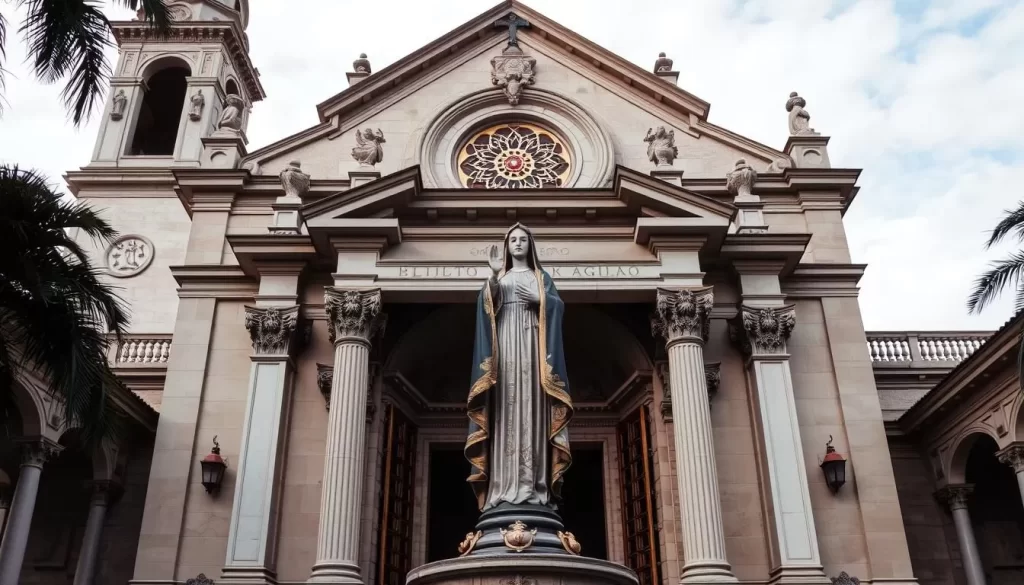
The Basilica de la Virgen de Los Angeles, affectionately known as “La Negrita,” is one of Costa Rica’s most revered religious monuments. This historic church houses a small black stone statue of the Virgin Mary, which has become the country’s patron saint.
Plaza Mayor and the Ruins of Santiago Apostle Temple
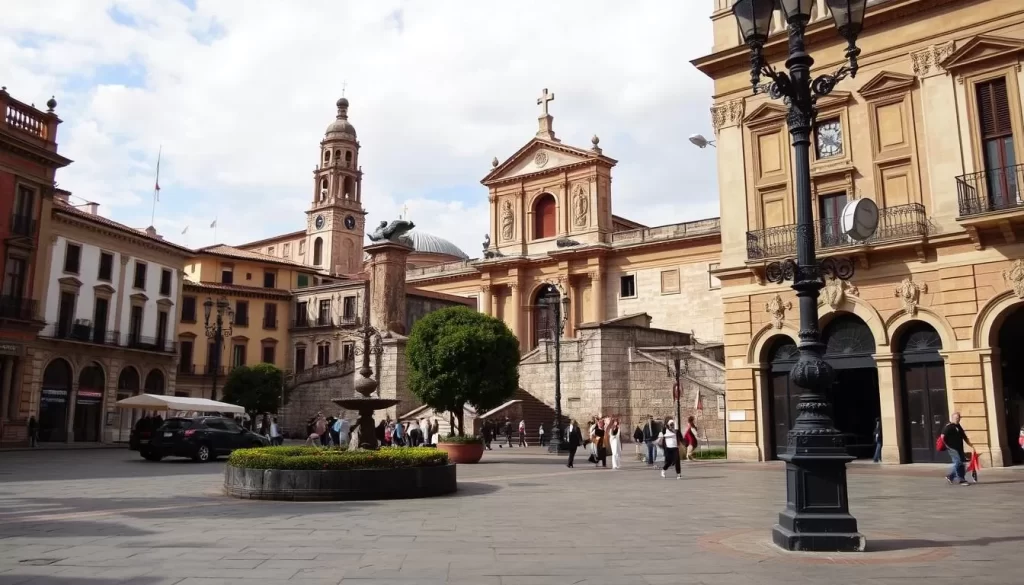
The Plaza Mayor is the historical heart of Cartago, surrounded by the haunting ruins of the Santiago Apostle Temple. This historic square has witnessed significant events throughout Costa Rica’s history.
The Mysterious Durán Sanatorium
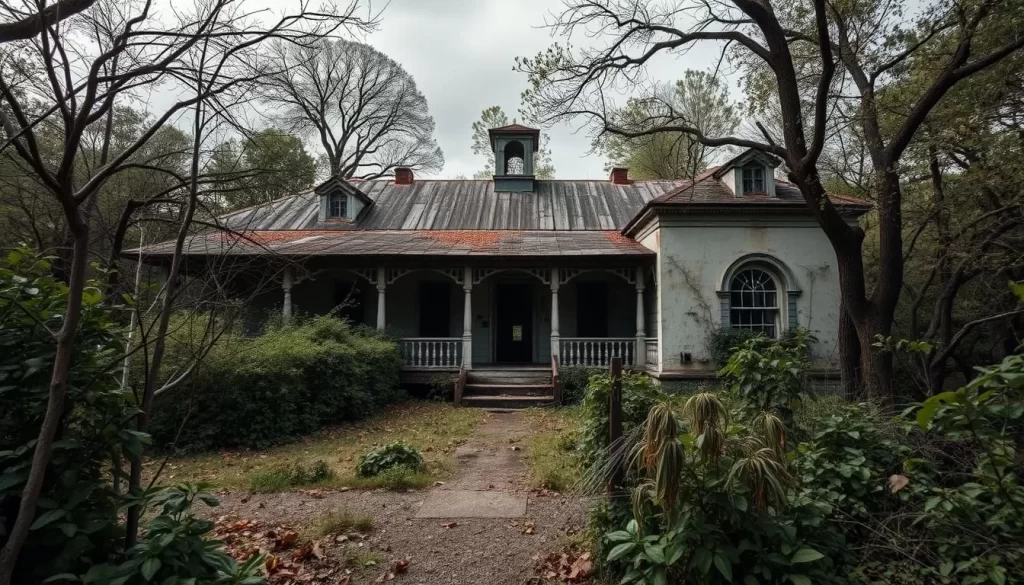
The Durán Sanatorium is a historic building with a unique architectural style. Built in 1918 as a tuberculosis hospital, it now stands as an abandoned monument to the past, attracting visitors interested in history and the paranormal.
These historical sites collectively tell the story of Cartago’s religious significance, colonial importance, and resilience in the face of natural disasters, making them essential stops for understanding the city’s character.
Natural Wonders Around Cartago, Costa Rica: Best Things to Do
From lush gardens to towering volcanoes, the natural beauty surrounding Cartago, Costa Rica, is a treasure trove of exciting experiences. You’ll discover a mix of breathtaking landscapes and diverse ecosystems that are sure to captivate any nature lover.
Irazú Volcano National Park
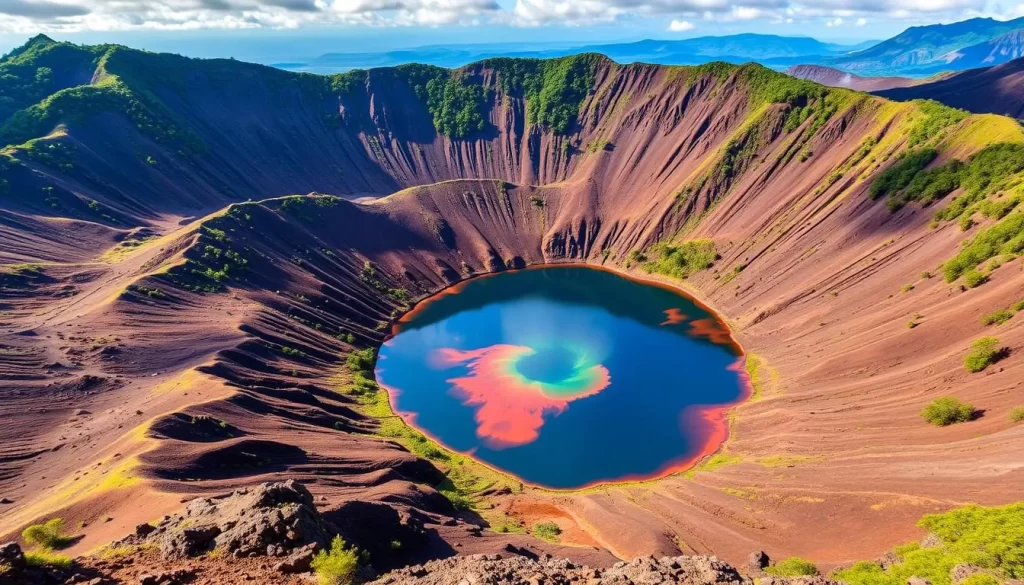
The Irazú Volcano, located within the Irazú Volcano National Park, stands as Costa Rica’s highest volcano, reaching nearly 3,500 meters. The park offers a unique lunar-like landscape with a stunning emerald-green crater lake that changes color depending on mineral activity and lighting conditions.
Visitors can enjoy a pleasant walk along a wooden path surrounded by jungle, leading to viewpoints that offer breathtaking views of volcanic terraces and the Main Crater’s majestic lagoon.
Lankester Botanical Gardens

The Lankester Botanical Gardens is renowned for housing one of Central America’s most important orchid collections, with over 3,000 species of plants spread across 11 hectares of meticulously maintained grounds.
As you stroll along the 2 kilometers of well-marked trails, you’ll explore different themed sections, making it an ideal destination for plant enthusiasts and those seeking a peaceful natural retreat.
Prusia Forest
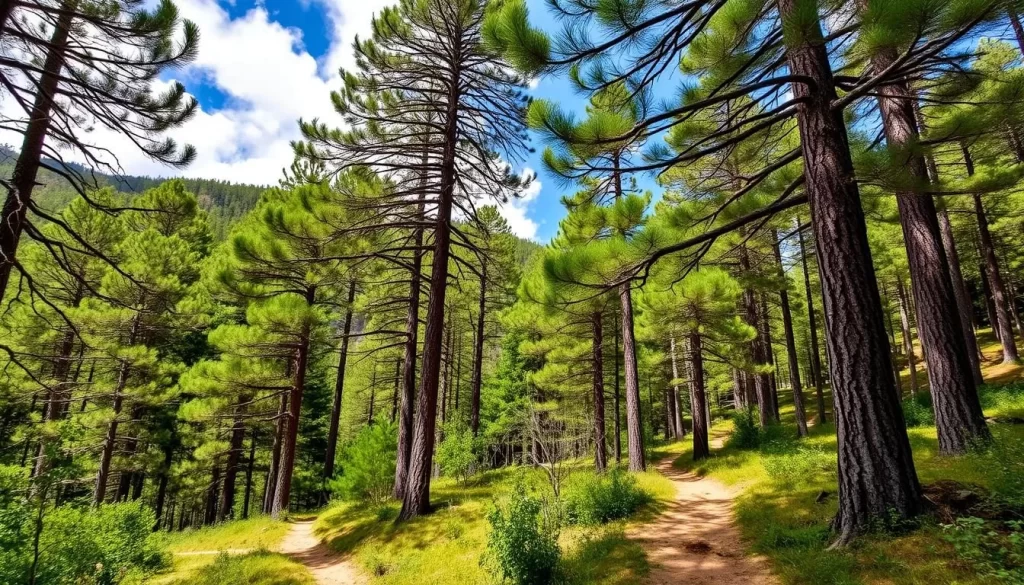
Located just 30 minutes from Cartago city center, the Prusia Forest offers a refreshing escape into dense woodland, featuring hiking trails that range from easy walks to more challenging routes through towering cypress trees.
This forest, part of the Irazú Volcano National Park, provides a magical experience with its gigantic trees, lookout points, and diverse wildlife, showcasing the incredible biodiversity surrounding Cartago.
Day Trips from Cartago
The province of Cartago is a treasure trove of natural beauty and historical significance, all within easy reach for a day trip. You can explore the surrounding mountains, valleys, and historical sites, experiencing the best of Costa Rica’s diverse heritage.
Cerro de la Muerte
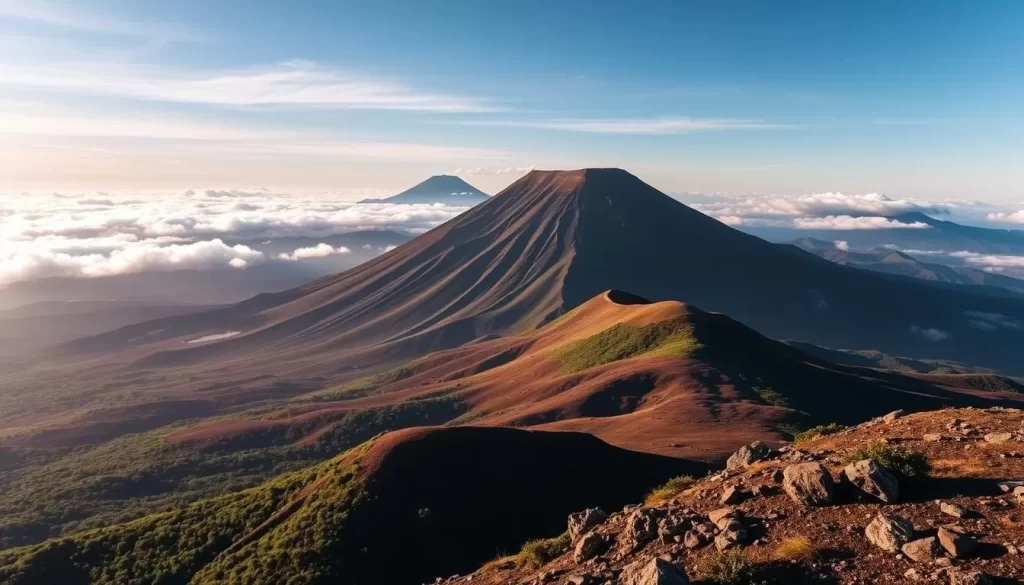
Cerro de la Muerte, or Mountain of Death, offers breathtaking mountain scenery and premier birdwatching opportunities. The high-altitude pass reaches elevations over 3,400 meters, creating a unique ecosystem with stunted trees and colorful wildflowers.
Mirador de Orosí and Orosí Valley
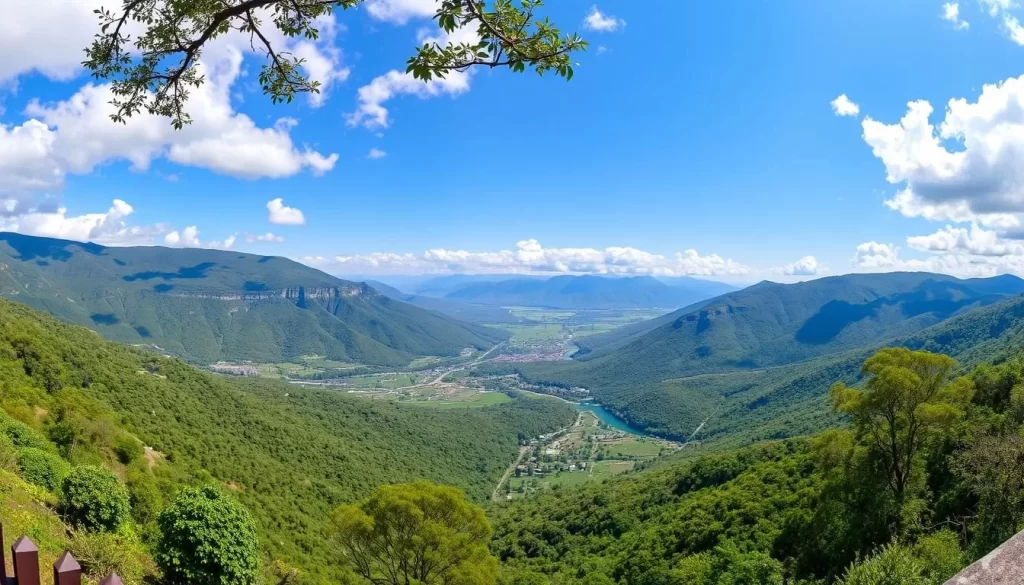
The Mirador de Orosí provides breathtaking views of the Orosí Valley and the winding Río Grande. The valley itself is worth exploring, with its colonial church, hot springs, and coffee plantations showcasing traditional Costa Rican practices.
Ruins of Ujarrás
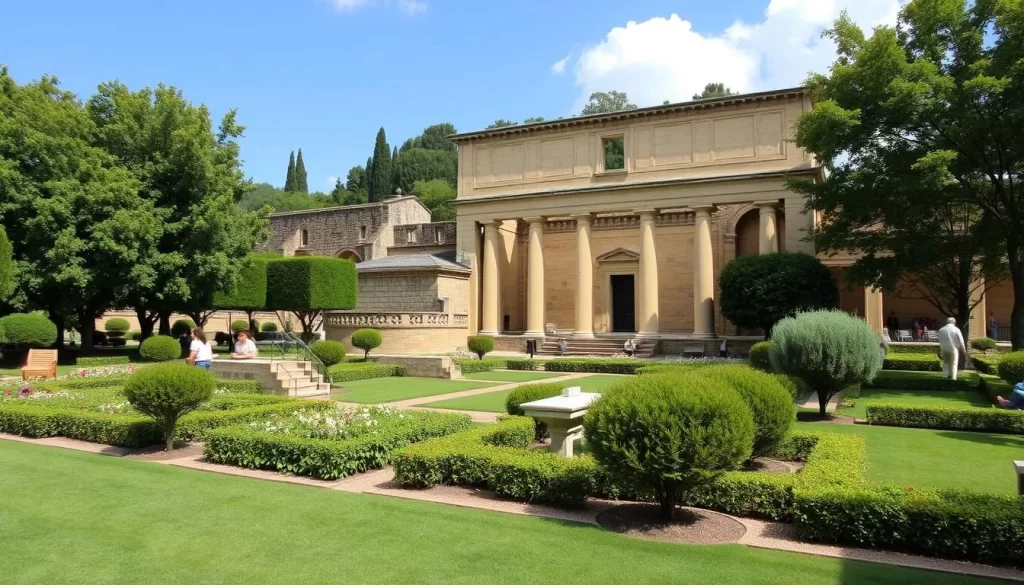
The Ruins of Ujarrás represent one of Costa Rica’s oldest colonial structures, dating back to 1575. The site is surrounded by beautifully maintained gardens, making it a popular spot for history enthusiasts and picnickers.
These day trip destinations showcase the diverse attractions within easy reach of Cartago, allowing you to experience multiple facets of Costa Rican heritage and natural beauty in a single day.
Practical Travel Tips for Visiting Cartago
Getting ready for your trip to Cartago, Costa Rica? Let’s dive into some practical advice to make your travel plans a success. Planning ahead is key to enjoying your time in this historic city and its surroundings.
Best Time to Visit
The best time to visit Cartago is during Costa Rica’s dry season, from December to April. This period offers minimal rainfall and optimal conditions for exploring both the city’s historical sites and the surrounding natural attractions.
Transportation Options
You have several transportation options when traveling to and around Cartago. Public buses connect Cartago to San José every 15 minutes, taking about 45 minutes. Renting a car provides maximum flexibility for visiting outlying attractions, while taxis are convenient for shorter trips within the city.
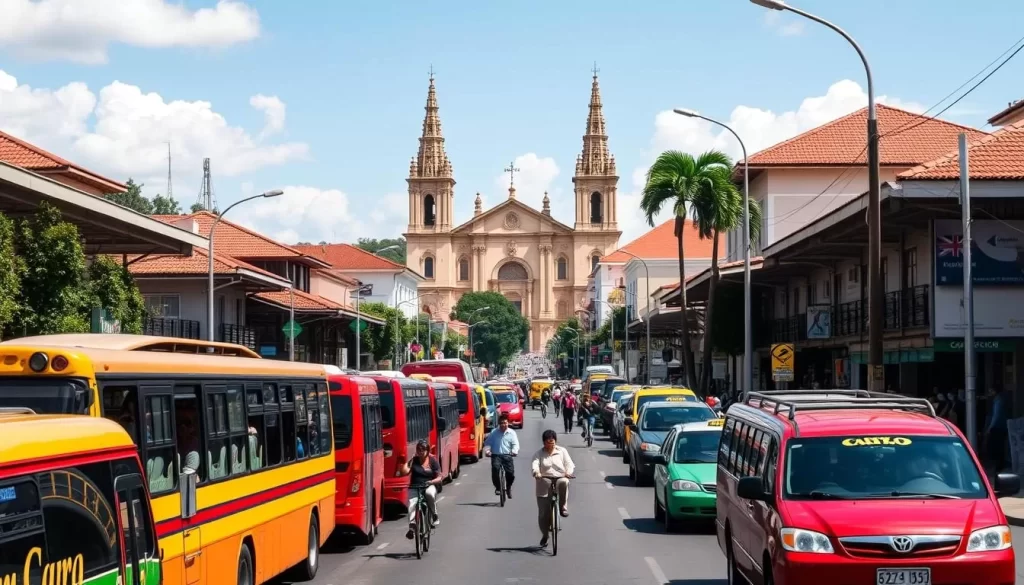
Where to Eat in Cartago
For an authentic dining experience, head to La Posada de la Luna for traditional Costa Rican cuisine at reasonable prices. Bocadito del Cielo is another must-visit for its excellent meat dishes and desserts. If you’re in the mood for something different, try El Novillo Alegre for Argentinean specialties.
Essential Items to Pack
When packing for your trip, don’t forget to include comfortable walking shoes for exploring ruins and hiking trails, a light rain jacket, mosquito repellent, sunscreen, and a reusable water bottle. Having some local currency, Costa Rican colones, is also useful for smaller purchases and local markets.
By considering these practical travel tips, you’ll be well-prepared for an enjoyable and stress-free trip to Cartago, Costa Rica.
Conclusion: Making the Most of Your Cartago Adventure
The province of Cartago offers a unique blend of cultural heritage and breathtaking landscapes, making it an ideal destination for travelers seeking an authentic Costa Rican experience. When planning your trip to Cartago, consider balancing your time between the city’s historic landmarks and the province’s natural wonders to create a well-rounded itinerary.
Don’t rush your visit – staying longer allows you to appreciate the relaxed pace of life and explore surrounding attractions. You’ll gain insights into Costa Rican identity through local culture, from religious traditions to agricultural practices. Whether you’re drawn to volcanic landscapes, botanical gardens, or colonial ruins, Cartago offers some of Costa Rica’s most memorable attractions, making it a top destination for your trip.
The above is subject to change.
Check back often to TRAVEL.COM for the latest travel tips and deals.
